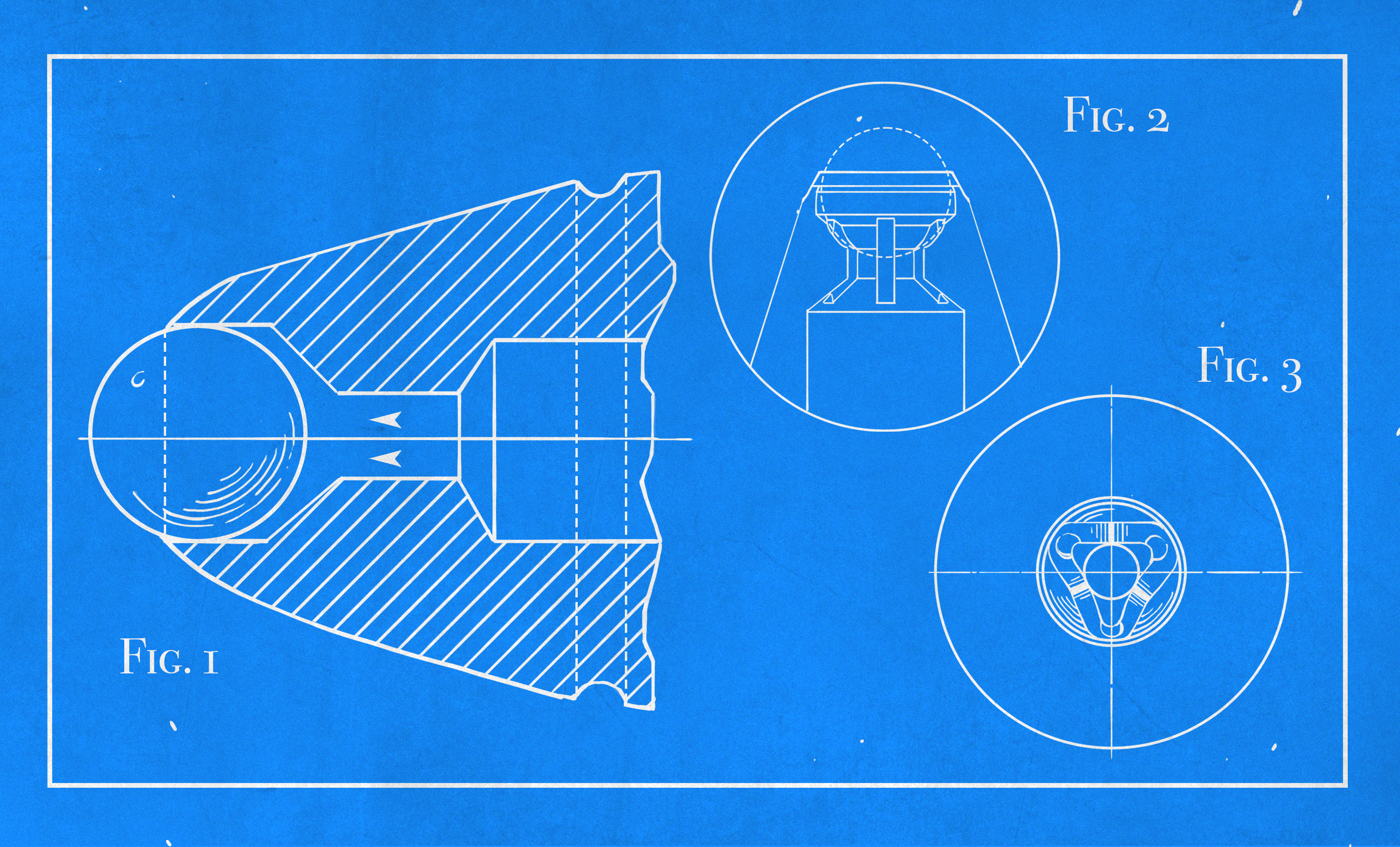What Is Killing Cursive? Ballpoints. Probably. [Hackaday]

I get it — you hate writing by hand. But have you ever considered why that is? Is it because typing is easier, faster, and more convenient here in 2023? Maybe so. All of those notwithstanding, I honestly think there’s an older reason: it’s because of the rise of ballpoint pens. And I’m not alone.
Bear with me here. Maybe you think you hate writing because you were forced to do it in school. While that may very well be, depending on your age, you probably used a regular wood-case pencil before graduating to the ballpoint pen, never experiencing the joys of the fountain pen. Well, it’s never too late.
A Brief History of Ballpoints
All things considered, ballpoint pens haven’t been around that long. Although American leather tanner John Loud patented a kind of ballpoint in 1888, it never took off.

A few decades and a few designs went by, but none of them made an indelible mark. These early pens were plagued with problems, mostly having to do with ink. Fountain pen ink is quite thin to facilitate flow, and you can’t put that in a ballpoint design — it will just leak out everywhere.
Then came Hungarian journalist László Bíró. For someone presumably on the go all the time chasing down stories, it’s easy to see how he would have wished for a more portable pen.
Together with his brother György, a chemist, they created the viscous, quick-drying ink that you struggle with see today, beginning with newsprint inks. Eventually, they found the right combination of ink and ballpoint and created a pen that didn’t leak too badly. Biro’s biro took off (literally) when he sold 30,000 pens to the British Air Force, who were looking for a pen that would work at high altitudes.
Soon after, businessmen were profiting left and right, because they were free to manufacture ballpoints in their countries. Although Biro may have invented the first functional ballpoint pen, it was French businessman Marcel Bich of BiC who made it into the ubiquitous tool it is today. Bich not only profited from the ballpoint, his design and manufacturing techniques drove the price of them into the ground.
Fountains vs. Ballpoints
So, let’s get down to it. What are the pros and cons of fountain and ballpoint pens? Because they both definitely have their upsides and downsides.
First off, fountain pens are straight up delightful to use. You need way less pressure to produce strokes, which is easier on the hand and wrist. Wonder why your hand cramps so easily when writing? Blame the ballpoint.

With a fountain pen, you’ll find that letters flow into each other. This is because you have to lift the pen completely off the paper to get that ink to stop flowing. And depending on your abilities, messy cursive is arguably easier to read than messy print.
But there are downsides to fountain pens, unfortunately. Many of them leak easily whether they’re properly stored or not. They need to be refilled fairly often. The ink smudges easily, even if you’re not left-handed. And even the cheap ones can’t compare to the cost of a ballpoint pen.
But ballpoints have their benefits, too. They are extremely low-cost, so it doesn’t matter as much if they get lost. That low cost translates to convenience. On top of that, they usually don’t leak anymore. But ballpoints are basically bad for you. The thick ink required by the design of the thing means more pressure is needed from your poor hand and wrist. Again, if part of the reason you hate writing by hand is the cramping, well, take a look at your instrument.
So Why the Decline?
Can we really blame typewriters and computers for the decline in cursive? Or the fact that many schools in the United States don’t teach cursive or spend time on penmanship anymore? According to the archive of such hand-wringing articles, handwriting and cursive have been in decline since the 1960s, decades before the personal computer (but well within the age of the typewriter). But there’s more to it than that — people don’t need to write by hand as much anymore, and so they don’t. Checks, letters, and post cards immediately come to mind as things people once wrote quite often, and simply don’t anymore.
Studies have shown that writing by hand is better for learning and development than using a computer, and that doing so can lead to more brain activity during recall an hour later. From my own personal experience, I can vouch that this is true. What do you think?

![what-is-killing-cursive?-ballpoints-probably.-[hackaday]](https://i0.wp.com/upmytech.com/wp-content/uploads/2023/09/142941-what-is-killing-cursive-ballpoints-probably-hackaday-scaled.jpg?resize=800%2C445&ssl=1)